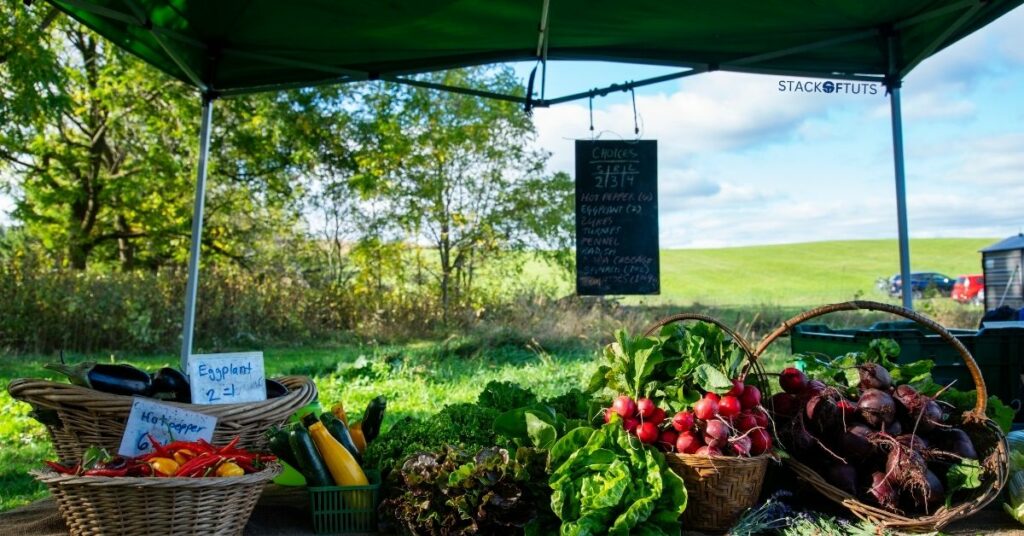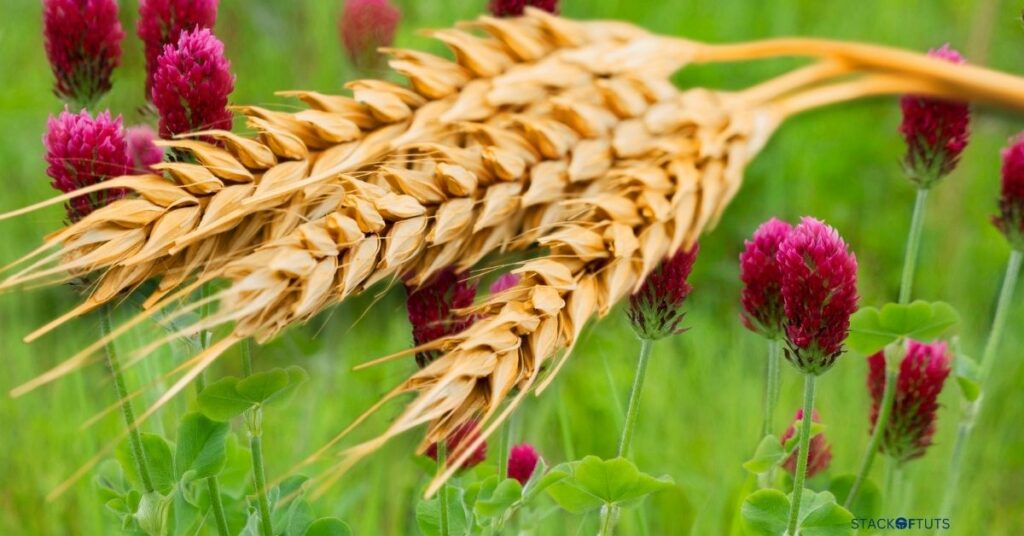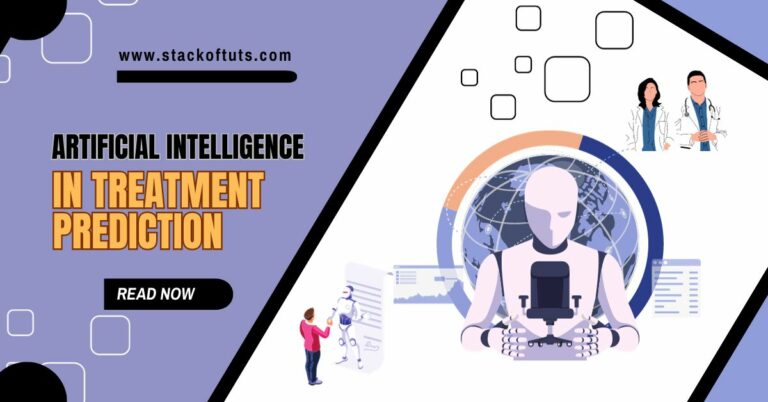
Many economies depend on agriculture, and machine learning is revolutionizing it. Machine learning will transform food production, processing, and distribution using algorithms and data. Here, we delve deep into Outstanding Machine Learning Projects Based on Agriculture, showcasing how technology is re-shaping this age-old industry.
For a complete guide also read about Artificial intelligence used in Agriculture dive into this link for exclusive insights and captivating discoveries!”
Why is Machine Learning in Agriculture Important?
There is a quiet change going on in the vast area of green fields and golden crops. Agriculture is turning to technology to feed a rising population and combat climate change. Machine learning helps computers learn from errors. The way it can be used in farming is like giving farmers a super-powered helper. Machine learning is quickly becoming an important part of modern farming. It can tell farmers when the best times are to plant seeds and find early signs of crop diseases. Basically, it’s not just about growing plants anymore; it’s also about making farming better and more durable for the future.
Top 10 Applications of Machine Learning in Agriculture with Example
1. Precision Agriculture Using Drone Imagery

Precision agriculture focuses on optimizing returns while ensuring resource efficiency. Utilizing drones equipped with cameras, farmers can capture high-resolution images of their fields. Machine learning algorithms then analyze these images, identifying areas that need more water, fertilizers, or pest control. This targeted approach reduces waste and increases yields.
Example: A startup, AgroDroneTech, uses drone imagery combined with machine learning to recommend precise irrigation strategies for vineyards, ensuring optimal grape production.
2. Crop Disease Prediction and Detection

Identifying diseases at an early stage can prevent widespread damage. Machine learning models trained on vast datasets can detect signs of diseases in plants, even before the human eye can spot them.
Example: PlantSafeguard, an application, utilizes machine learning to analyze images of leaves. Farmers just need to snap a picture, and the app provides a diagnosis, suggesting remedies if any disease is detected.
3. Automated Harvesting Robots

Machines equipped with sensors and machine learning capabilities can identify when crops are ripe for harvest. These robots are designed to pick fruits and vegetables without causing damage, ensuring a swift and efficient harvesting process.
Example: HarvestBot Corp. has developed a strawberry-picking robot that uses machine learning to determine ripeness based on color and size, picking only the best berries.
4. Soil Health Analysis

The health of the soil directly impacts the quality of the crops. Machine learning models, when fed with data from soil samples, can predict soil health, and nutrient content, and even recommend customized fertilization plans.
Example: SoilSense, a digital platform, offers real-time soil health analysis, guiding farmers on nutrient management and crop rotation strategies.
5. Climate Impact Prediction on Crop Yield

Weather plays a crucial role in agriculture. Machine learning models can analyze years of climate data to predict its impact on crop yield, allowing farmers to be better prepared for any climatic shifts.
Example: WeatherCrop Analytics uses past weather data and current forecasts to predict the best planting and harvesting times for various crops.
6. Livestock Health Monitoring

Through wearables and sensors attached to livestock, farmers can gather data on animal health and behavior. Machine learning models can predict illnesses or suggest optimal feeding schedules based on this data.
Example: CattleCare Inc. offers a wearable device for cows that tracks their activity and health metrics, using machine learning to alert farmers of any anomalies.
7. Smart Irrigation Systems

Water conservation is crucial, and smart irrigation systems use machine learning to determine optimal watering schedules, ensuring plants get just the right amount of water they need.
Example: AquaTech’s Smart Irrigation Controller uses soil moisture sensors and weather predictions to provide a dynamic watering schedule for crops.
8. Supply Chain Optimization for Farm Produce

Ensuring farm produce reaches the market fresh is essential. Machine learning can optimize supply chains, predicting the best routes and storage methods to reduce wastage.
Example: FreshRoute Logistics utilizes machine learning algorithms to determine the fastest, most efficient routes for transporting farm produce, ensuring minimal wastage.
9. Predictive Analytics for Pest Control

Instead of reacting to pest infestations, farmers can use predictive analytics to anticipate them. By analyzing past infestation data, machine learning models can predict future outbreaks, helping farmers take preventative measures.
Example: PestPredictor offers a platform where farmers can get forecasts on potential pest infestations, allowing them to take proactive measures.
10. Genomic Selection in Crops

Genomic selection involves selecting plants based on their genetic markers. Machine learning can speed up this process, predicting which plants will have desirable traits, leading to faster breeding of superior crops.
Example: GenoTech Labs uses machine learning algorithms to analyze the genetic data of plants, selecting those with traits like drought resistance or higher nutritional content.
Market Status: Applications of ML in Agriculture
Here’s a table showcasing various applications of machine learning in agriculture along with their market status:
| Sequence Number | Machine Learning Application | Market Status |
|---|---|---|
| 1 | Crop Yield Prediction | Growing |
| 2 | Pest Detection and Management | Expanding |
| 3 | Soil Health Monitoring | Emerging |
| 4 | Precision Farming | Mature |
| 5 | Livestock Monitoring | Growing |
| 6 | Disease Identification | Expanding |
| 7 | Weather Forecasting | Established |
| 8 | Supply Chain Optimization | Emerging |
| 9 | Irrigation Management | Growing |
| 10 | Food Quality Assessment | Maturing |
This table provides a brief overview of how machine learning is being utilized in the agricultural sector and its current status in the market. Different applications might have different adoption rates based on regional needs, technological advancements, and investment levels.
FAQs
Machine learning in agriculture aids in predicting crop diseases, automating irrigation systems, and analyzing soil health for optimized planting.
The future of machine learning in agriculture promises precision farming, real-time crop monitoring, and data-driven decisions for sustainable and increased yields.
Machine learning can address agricultural challenges by predicting crop diseases, optimizing irrigation schedules, and forecasting yield outputs based on climate data.
The three primary types of machine learning problems are supervised learning where models are trained on labeled data, unsupervised learning which deals with unlabeled data to find patterns, and reinforcement learning where algorithms learn by interacting with an environment and receiving feedback.
IoT in agriculture enhances precision farming by using sensors to monitor soil health and crop conditions. These real-time data insights allow farmers to optimize irrigation and fertilizer use. Additionally, IoT devices can track livestock health and automate machinery operations.
Conclusion
In conclusion, Machine Learning Projects Based on Agriculture are vast and transformative. By integrating these advanced technologies, the agricultural sector can witness increased efficiency, reduced waste, and enhanced yields. As these projects demonstrate, the future of agriculture is undoubtedly intertwined with the power of machine learning.
Thanks!





